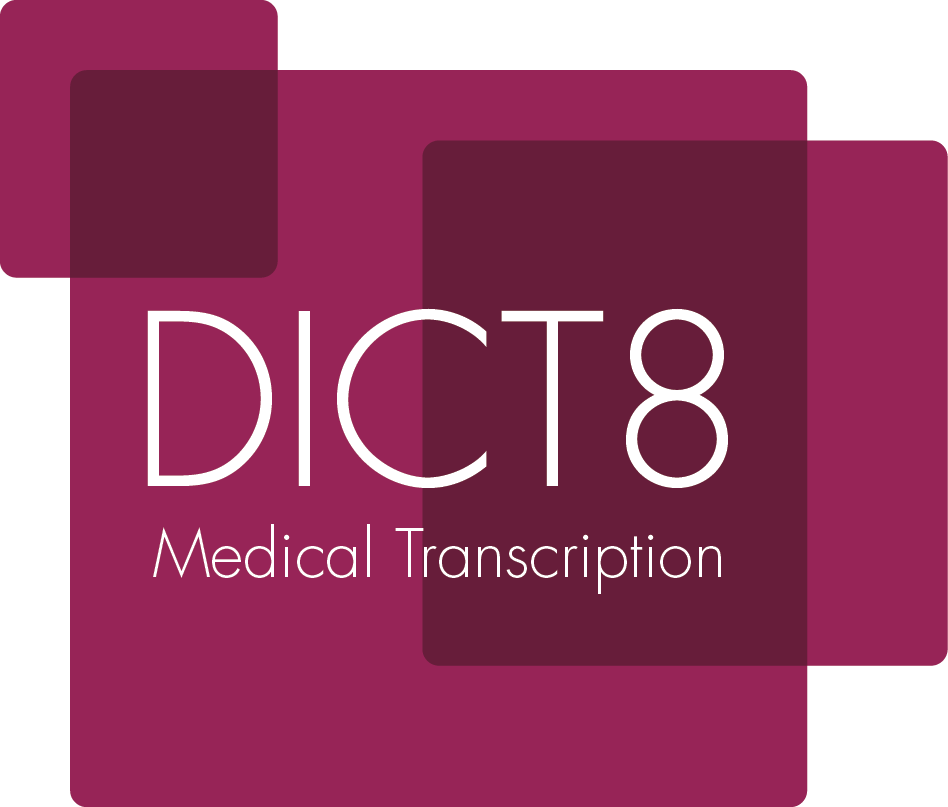Case study: Dictation versus Template Systems in the Emergency Room
In the United States there has been a movement for Emergency Doctors to record the patient visit by using a charting system called the T System. This is one of many check off template systems that have gained huge popularity for the reasons of convenience and ease of use, resulting in replacement of dictation services in many emergency departments. I believe that these systems undermine the goal of charting. As I see it these are:
- A record to enable future Doctors and care givers to understand what took place at the time of the patient's arrival into the hospital.
- To enable a legal document which can record the thought process of the Doctor at the time of patient consultation.
- A document from which healthcare finances can be organised.
Arguments are made in favour of tick box templates and that the record is immediately available for future health carers. This is in contrast to dictations, which can take some time to come back after transcription. But the real reason for template use within Emergency Rooms in the US and perhaps in the UK, is that it is much cheaper than dictation and is also easier, as the skill of dictation is not learnt by Emergency Room Physicians.
My concern, however, is that tick box templates may result in an inaccurate record of what happened. I worry that medical staff will get used to ticking all the boxes without actually taking time to accurately process the examination just completed. Some of the template schemes I have seen do not have enough space next to the boxes in which to put an elaboration on the physical exam. It may also be that the incorrect box is inadvertently ticked. However, most importantly, such a brief record of a patient visit leaves almost no memory of the patient within the Doctor's mind and this can have medical legal consequences if the chart needs to be reviewed sometime in the future as the Doctor will have a very poor record of his thought process at the time.The ideal system would be to have some combination of a charting systems. Here the doctor is prompted so that he does not forget certain exams and the chart also leaves adequate space for elaboration which could be filled in via dictation in predetermined zoned areas. Dictation works by also enabling thought processes to be conveyed in a legible manner. It is frustrating to try and read the illegible scribbles written on a chart by time pushed doctors with poor penmanship.
In conclusion, I believe that dictation of charts enables continuity of care, medical legal defence and appropriate costings to happen in a smoother and more efficient manner which in turn creates cost savings that eclipse the up front higher costs of this process.
By Dr Sebastian Zeki

